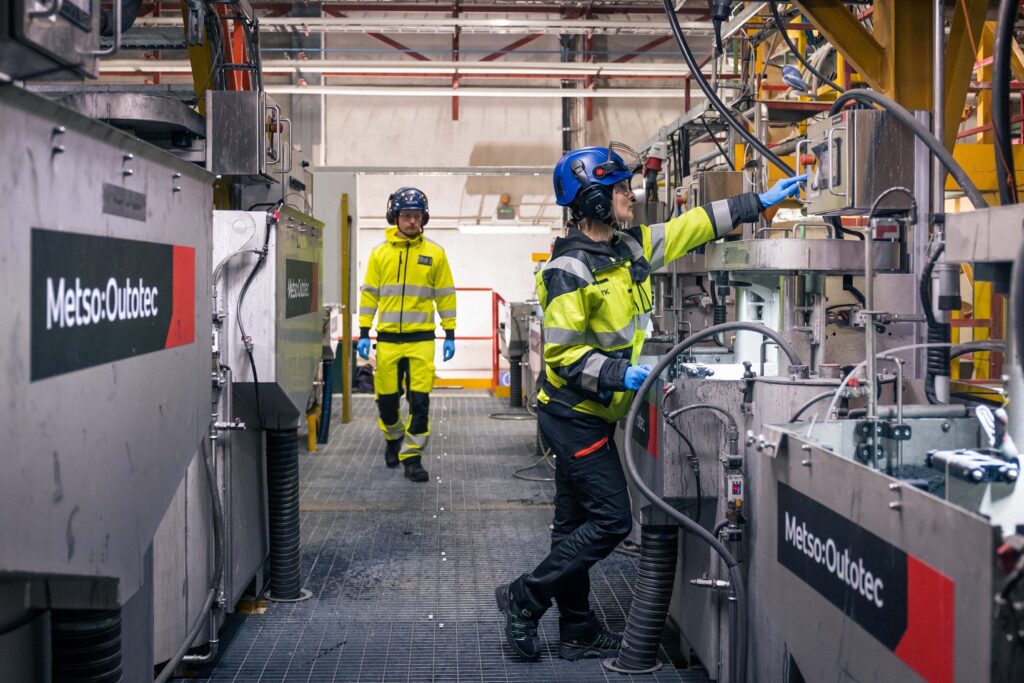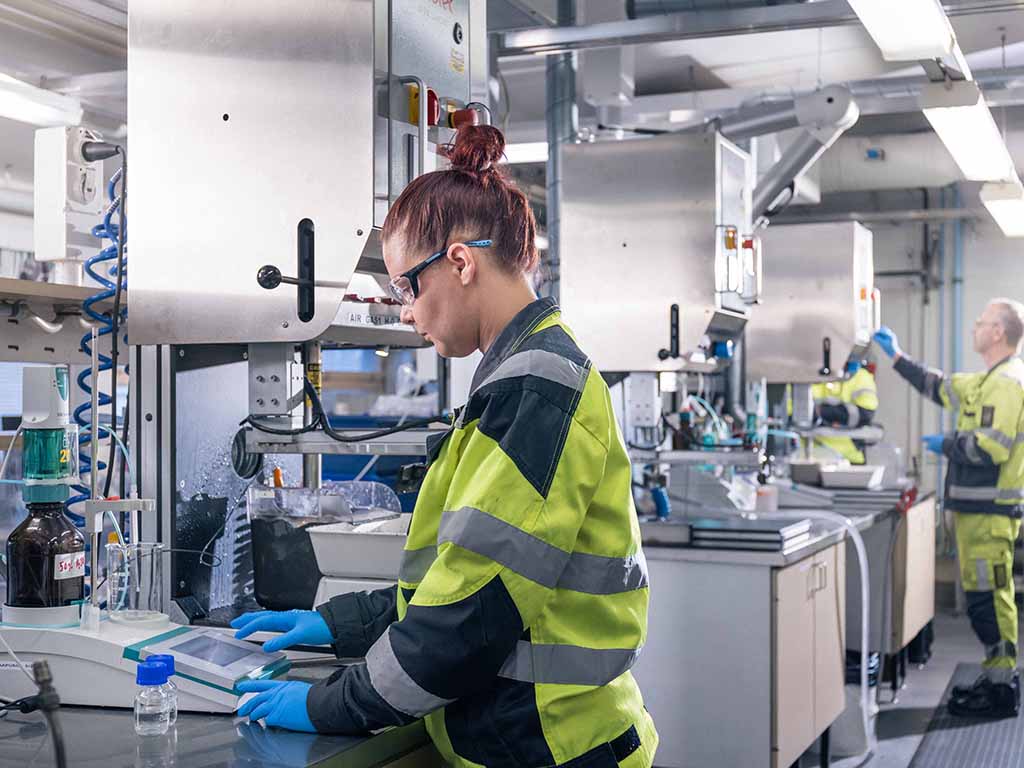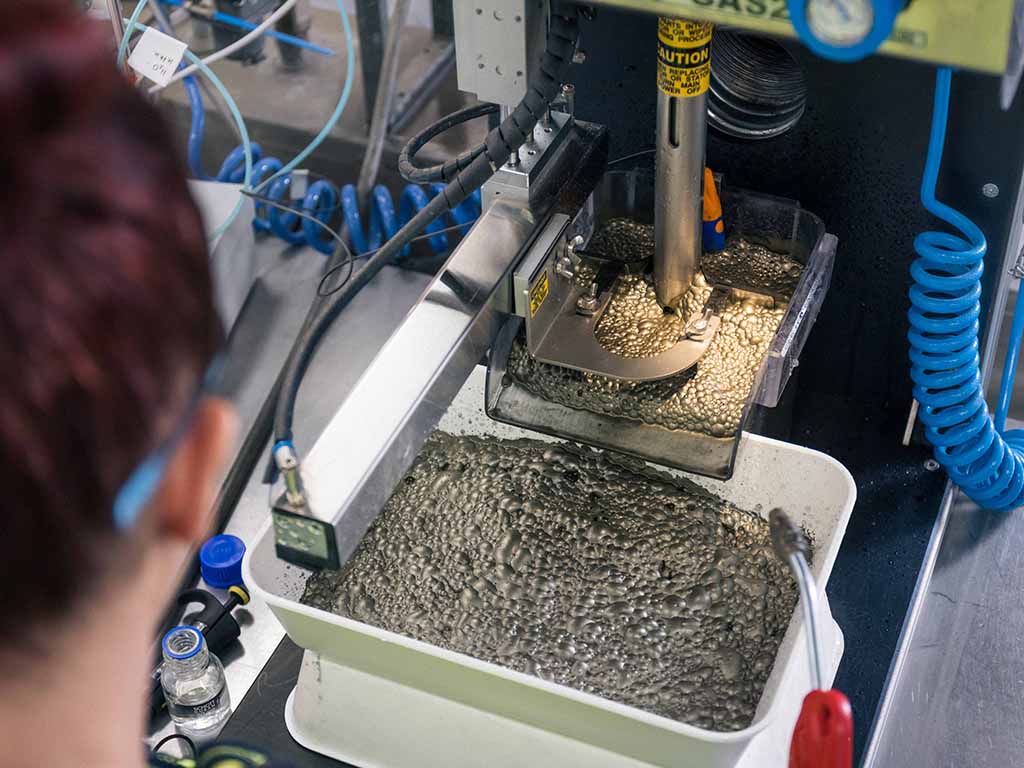Flotation
Flotation is the most common beneficiation method used for ores that contain metal and industrial minerals. Flotation was developed for the beneficiation of minerals, but it can also be used for the treatment of recycled materials, remediation of contaminated soil, de-inking of paper, and water treatment, for example.

GTK’s mineral processing laboratory has versatile flotation equipment for flotation studies as well as ample experience in the beneficiation of hundreds of different ores and other materials. Our research portfolio extends from batch tests in a laboratory to continuously operated large-scale campaigns at the pilot plant.

The study of a new ore sample or other type of material starts with laboratory testing. For this research stage, samples (usually drill cores) ranging from a couple of dozen to a couple of hundred kilograms are needed. An essential part of the beginning of a study is the chemical and mineralogical analysis of the sample. Basic flotation variables and attainable recovery/grade levels of valuable components are analysed with laboratory tests. This information is then used to design larger-scale tests, either for a minipilot or a pilot test run.
Flotation machines with cell size from 1.5 to 15 litres are used in the laboratory testing. A special feature of our flotation machines are the automatic froth scrapers, which ensure accurate and repeatable test results. The chemical properties of flotation are adjusted and monitored by measuring pH, electrode potential, and oxygen level.
The flotation machines of our continuously operated minipilot circuit contain the same rotor/stator mechanisms as the laboratory equipment, but each machine has a row of four cells installed. This mobile minipilot plant can be used to study approximately 0.5–2 tonnes of samples.

Pilot-scale test runs provide the opportunity to extensively study different kinds of beneficiation flowsheets as well as various types of methods and equipment. The required sample size is usually approximately 50–300 tonnes, sometimes rising up to thousands of tonnes. The basic equipment in our flotation circuits includes a wide range of mechanical flotation machines whose cell size varies from 50 litres to 1.5 cubic metres. GTK also has a 70-litre Skim-Air machine for coarse flotation, a SIF coarse flotation cell (300 litres), and several different types of flotation columns with volumes varying from a couple of litres to three cubic metres. The pilot plant includes a continuously operated analyser as well as high-class instruments and automation systems for control and adjustment of the flotation circuit.
